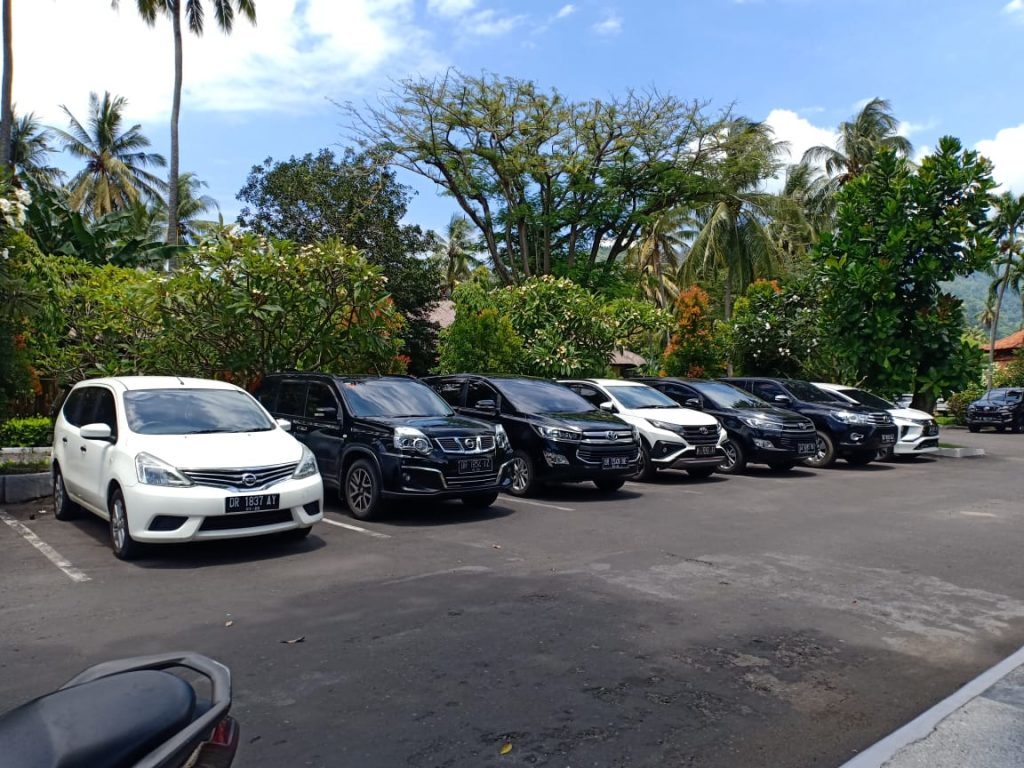One thing you’ll notice when you travel around the Central Otago region is the number of bridges crossing our beautiful rivers and streams. The Central Otago District Council says there are 176 bridges in the area, which include culvert structures with a waterway of at least 3.5 square metres. As leaders in budget car rental in Queenstown, and specialists in providing local knowledge when travelling around our region, we have one tip for you to keep in mind: take extra care when crossing our beautiful bridges in winter. Here’s why.
Bridges are often more slippery than the roads leading up to them. This is because they’re far more exposed to icy cold air. Think of your average road, be it in the streets of your hometown or the highways that traverse our country. They tend to maintain their temperatures a bit longer than bridges and are not as frosty as a result. The main reason is that the road only contacts the cold air lying right above it. The ground beneath the road acts in the same way that insulation in a house does; it’s able to hold in heat energy more efficiently and because of this, it helps keep the road warmer – and a warmer road means less ice build-up.
On the other hand, a bridge is much more exposed to the elements in winter. Not only does it have icy cold air hovering above it, but it also has the same frosty air flowing underneath the structure. Without insulation under it, the bridge loses its heat before the road does and gets colder much quicker and, as you’d expect, it freezes over faster. This is why so many accidents occur in the approach to bridges, and on the bridge itself – the vehicle has gone from a safe road surface and onto a slippery one.
This is why you should take care when approaching and crossing bridges, especially when conditions are shady, as well as in cooler climates. One thing to be very wary of, especially in winter, is black ice on the road. This form of ice isn’t really black. Instead, it’s transparent and you can see the colour of the road surface through it – this explains why the ice has a dark appearance. On a cold but sunny day, heat melts away white ice but what is left often refreezes overnight in the form of black ice.
Because of its colour, a patch of black ice usually looks like a harmless and shallow puddle on the road. But it can be much more dangerous than that, especially in the morning because the road surface might not have had enough time to warm up and melt the ice. So when you see a wet-looking patch on the road on a fine day, don’t necessarily assume it’s a puddle. Especially if it’s in a shaded area or, as you’ve read, on a bridge where there’s not enough insulation underneath to push the road temperature above the freezing point.
Our bridges cross some beautiful rivers and waterways, but they need to be treated with respect. This is particularly important early in the morning, and when the sun goes down in the evening. By reducing your speed when you cross a bridge you’ll stay safe on our roads, and you’ll continue to travel in style in one of our superbly presented vehicles!


